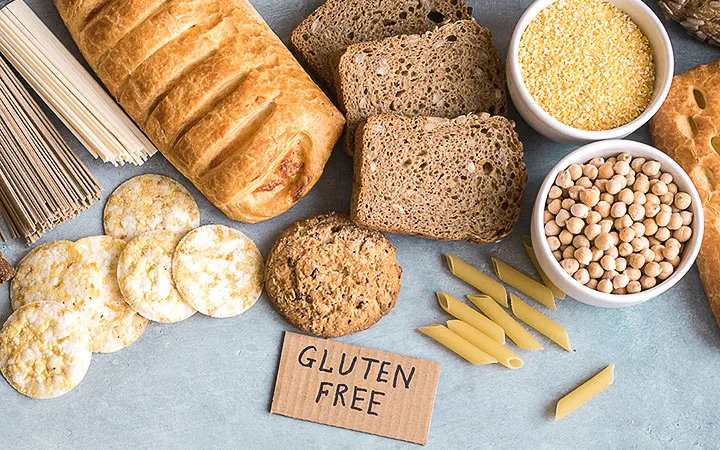
In recent years, gluten-free diets have become increasingly popular, with many people choosing to eliminate gluten from their diet to improve their health.
But what is gluten, and is it really harmful to our health? In this article, we’ll take a closer look at gluten, its potential health risks, and the advantages of cutting gluten out of your diet.
We’ll also explore some of the best gluten-free substitutes and provide some tips on how to design a balanced and healthy gluten-free diet.
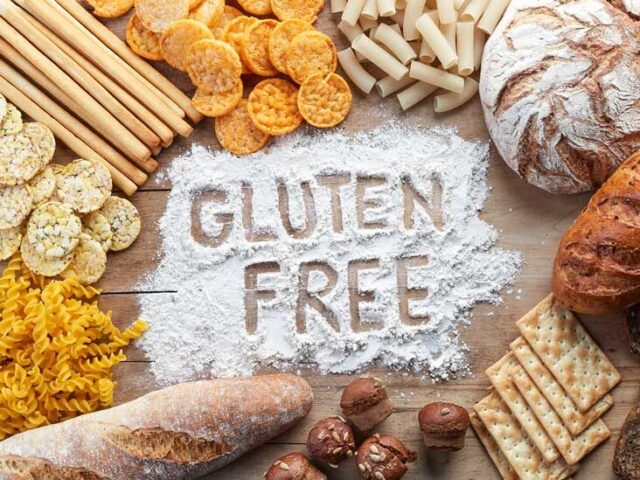
What is Gluten?
Gluten is a type of protein found in grains such as wheat, barley, and rye. It’s what gives dough its elasticity and helps bread rise during baking.
Gluten can also be found in other products like pasta, baked goods, and beer.
Is Gluten a Danger to Our Health?
For most people, gluten is harmless. However, some people may be intolerant or sensitive to gluten, which can cause a range of symptoms like bloating, abdominal pain, and diarrhea.
The most severe form of gluten intolerance is celiac disease, which is an autoimmune disorder that affects around 1% of the population. In people with celiac disease, gluten triggers an immune response that damages the lining of the small intestine, leading to malabsorption of nutrients and a host of symptoms like diarrhea, weight loss, and fatigue.
If you suspect that you may have celiac disease or gluten intolerance, it’s important to consult with a healthcare professional and get a proper diagnosis. Only a healthcare professional can determine if gluten is the cause of your symptoms and help you manage your condition.
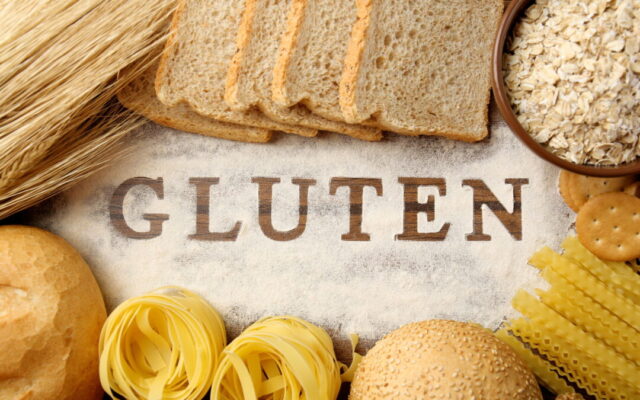
Which Foods Contain Gluten?
This protein can be found in many foods, especially those made from wheat, barley, and rye. Some of the most common foods that contain gluten include bread, pasta, cereal, crackers, and baked goods.
Other products like beer, soy sauce, and some types of processed foods may also contain gluten.
If you’re looking to cut gluten out of your diet, it’s important to read labels carefully and avoid products that contain gluten. Look for products that are certified gluten-free, as they’ve been tested and found to contain less than 20 parts per million of gluten, which is the threshold for labeling a product as gluten-free.
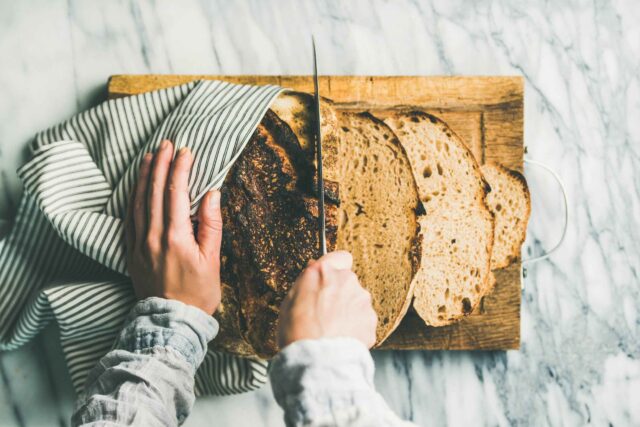
Advantages of Cutting Gluten Out of Your Diet
- If you have celiac disease or gluten intolerance, cutting gluten out of your diet is necessary to manage your symptoms and improve your health.
- However, even if you don’t have these conditions, cutting gluten out of your diet can still have some potential advantages.
- One advantage of a gluten-free diet is that it can lead to an increase in the consumption of whole, unprocessed foods.
- Many gluten-free foods are naturally gluten-free and include nutrient-dense foods like fruits, vegetables, legumes, and lean proteins.
- By focusing on these types of foods, you can improve the overall quality of your diet and reduce your intake of processed foods, which are often high in sugar, salt, and unhealthy fats.
Another potential advantage of a gluten-free diet is that it can reduce inflammation in the body. Some studies have shown that gluten may contribute to inflammation in people with celiac disease, and cutting gluten out of the diet may reduce inflammation and improve symptoms.
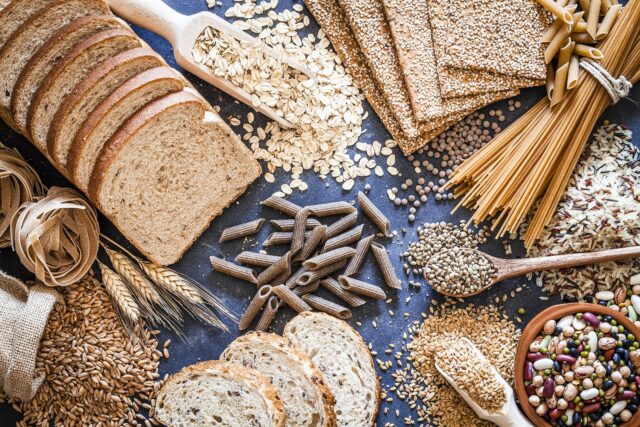
Substitutes for Gluten
If you’re looking to cut gluten out of your diet, there are many gluten-free substitutes available that can help you continue to enjoy your favorite foods. Here are some of the best gluten-free substitutes:
Almond flour
A great substitute for wheat flour in baking recipes, almond flour is gluten-free, high in protein, and low in carbs.
Coconut flour
Another gluten-free flour substitute that’s high in fiber and low in carbs, coconut flour is ideal for making baked goods.
Quinoa
A nutritious gluten-free grain, quinoa is high in protein, fiber, and essential amino acids.
Risotto Salmon
A delicious gluten-free dish, with arborio rice and salmon. Indeed, risotto salmon will be a great contribution to your healthy diet
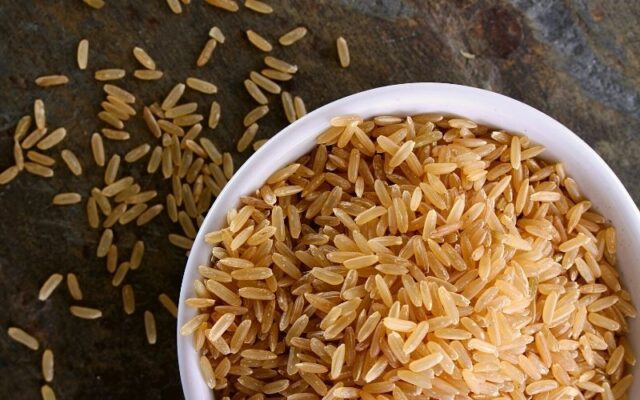
Brown rice
Brown rice is a gluten-free whole grain that’s high in fiber and provides essential vitamins and minerals.
Corn
Corn is a versatile gluten-free grain that can be used in a variety of dishes, including tortillas, chips, and polenta.
Gluten-free pasta
Many brands of gluten-free pasta are available in stores, made from rice, corn, or quinoa flour.
In addition to these substitutes, many vegetables, fruits, and lean proteins are naturally gluten-free, making them excellent choices for a balanced and healthy gluten-free diet.
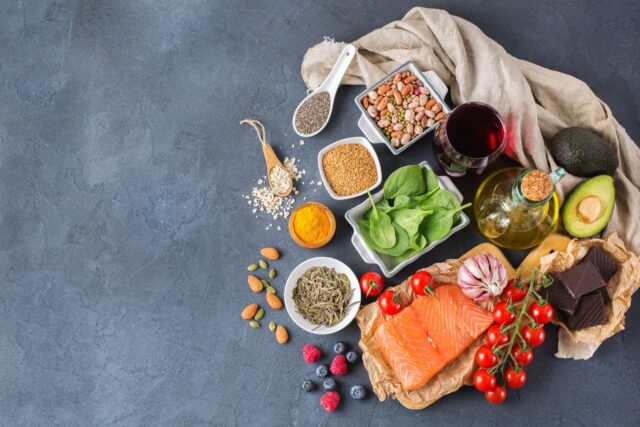
Designing a Balanced and Healthy Gluten-Free Diet
If you’re looking to adopt a gluten-free diet, it’s essential to design a diet that’s balanced and healthy. Here are some tips to help you get started:
- Focus on whole, unprocessed foods. Choose nutrient-dense foods like fruits, vegetables, legumes, and lean proteins.
- Read labels carefully. Look for products that are certified gluten-free, and avoid products that contain hidden sources of gluten.
- Incorporate healthy fats. Healthy fats like olive oil, avocados, and nuts are important for overall health and can help keep you feeling full and satisfied.
- Don’t forget about fiber. Many gluten-free products are low in fiber, so it’s important to incorporate high-fiber foods like fruits, vegetables, and whole grains into your diet.
- Consult with a healthcare professional. If you have celiac disease or gluten intolerance, it’s important to work with a healthcare professional to develop a safe and effective gluten-free diet.
Final Thoughts
In conclusion, while gluten is harmless for most people, some individuals may be intolerant or sensitive to it, leading to a range of symptoms.
It’s not only possible but actually pretty easy to design a balanced and healthy gluten-free diet. You just need to incorporate gluten-free substitutes and focus on whole, nutrient-dense foods.
Nonetheless, if you’re considering starting a gluten-free diet, it’s important to consult with a healthcare professional to determine if it’s the right choice for you.






